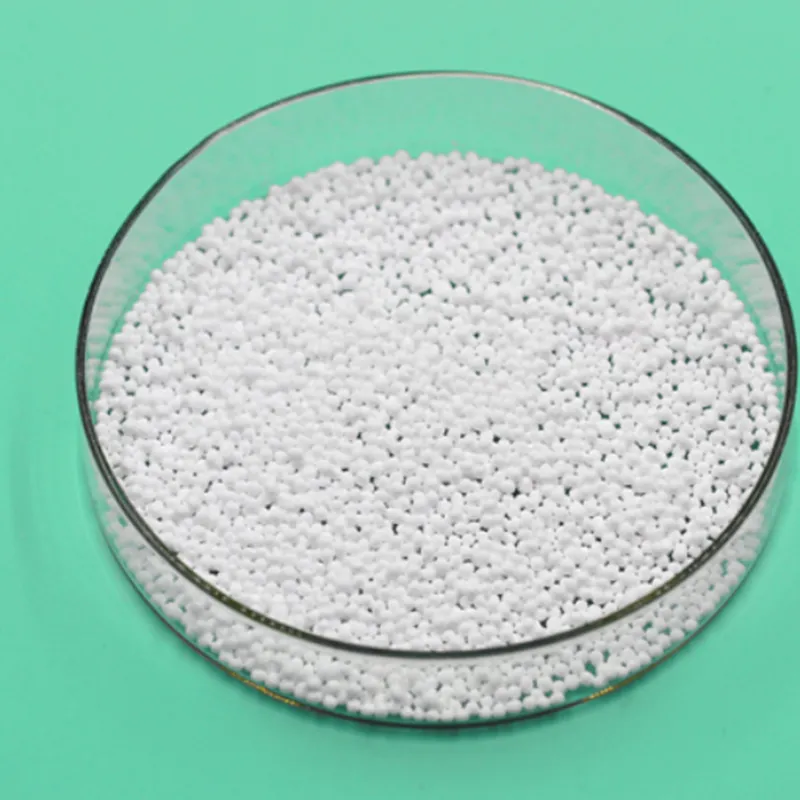
Understanding the Properties and Uses of Formic Acid in Various Industries
Formic Acid An Overview of Methanoic Acid
Formic acid, also known scientifically as methanoic acid, is the simplest carboxylic acid, with the chemical formula HCOOH. This colorless liquid has a distinct, pungent odor and is classified as a weak acid. Although it is found in nature and plays significant roles in various biological processes, formic acid is also of great industrial importance. In this article, we will extensively explore the properties, production, applications, and significance of formic acid in various fields.
Properties of Formic Acid
Formic acid is characterized by its low molecular weight, which contributes to its relatively high volatility. At room temperature, it exists as a colorless liquid with a melting point of approximately −16.6 °C and a boiling point of 100.8 °C. With a density of about 1.22 g/cm³, it is soluble in water, alcohol, and other organic solvents. Formic acid exhibits properties typical of weak acids, including dissociation to form the formate ion (HCOO⁻) and hydrogen ions (H⁺).
This acid is known for its strong reducing properties and can react with various oxidizing agents. Its miscibility with water and ability to donate protons makes it a valuable substance in several chemical reactions and industrial processes.
Natural Occurrence
In nature, formic acid is primarily found in the venom of ants, especially in red ants, from which its name is derived (the Latin word formica means ant). It is also present in numerous fruits and plant species, contributing to their flavors. Furthermore, formic acid can be produced during the metabolic processes of certain microorganisms and is found in small quantities in the intestines of ruminant animals.
Industrial Production
Formic acid is produced through various methods, with the most common industrial processes involving the carbonylation of methanol or the hydrolysis of formamide. Additionally, it can be produced through the oxidation of carbohydrates or through the digestion of plant matter by some fungi or bacteria. Recent advancements in biotechnology have opened avenues for the microbial production of formic acid, thus offering a more sustainable and eco-friendly manufacturing approach.
Applications of Formic Acid
Formic acid has a wide range of applications across numerous industries
formic acid methanoic acid

1. Textile Industry It is used as a dyeing and tanning agent, helping to enhance the quality and durability of textiles.
2. Food Industry Formic acid is employed as a preservative and acidifier in food products, particularly in the preservation of silage in agriculture.
3. Leather Industry It is utilized in the tanning process for leather, rendering the material more supple and preventing decomposition.
4. Agriculture Formic acid is used in livestock feed as a preservative, aiding in the growth of beneficial bacteria and improving the nutritional profile of animal feed.
5. Chemical Industry In pharmaceuticals and chemical synthesis, formic acid serves as a reducing agent or reagent in various reactions, facilitating the manufacturing of other chemicals, such as fertilizers, and in the production of methanol.
6. Batteries Recently, formic acid has gained traction in the energy storage sector as a potential component in next-generation fuel cells, promoting sustainable energy solutions.
Environmental and Safety Considerations
While formic acid is considered relatively safe at low concentrations, it can be harmful in larger amounts or when inhaled. Proper handling and storage procedures must be followed to mitigate risks associated with its corrosive nature. Additionally, as a biodegradable organic acid, formic acid poses a much lower risk to the environment than many synthetic alternatives, making it an attractive option for green chemistry initiatives.
Conclusion
Formic acid, or methanoic acid, may be simple in structure, but it is complex in its utility across various sectors. From its natural origins to its diverse industrial applications, formic acid plays an essential role in chemistry, industry, and agriculture. As the focus on sustainable and eco-friendly practices continues to grow, the significance of formic acid is likely to expand further, reinforcing its status as a compound of remarkable versatility and importance.
-
Pure Sodium Dichloroisocyanurate Dihydrate | Powerful DisinfectantNewsAug.29,2025
-
Industrial Chemicals: Quality & Purity for Every IndustryNewsAug.28,2025
-
Nitrile Rubber Honoring Strict Production StandardsNewsAug.22,2025
-
Aspartame Ingredients Honoring Food Safety ValuesNewsAug.22,2025
-
Fertilizer for Balanced Plant NutritionNewsAug.22,2025
-
Cyanide Gold Processing with High Purity AdditivesNewsAug.22,2025
-
Formic Acid in Textile Dyeing ApplicationsNewsAug.22,2025
Hebei Tenger Chemical Technology Co., Ltd. focuses on the chemical industry and is committed to the export service of chemical raw materials.
-

view more DiethanolisopropanolamineIn the ever-growing field of chemical solutions, diethanolisopropanolamine (DEIPA) stands out as a versatile and important compound. Due to its unique chemical structure and properties, DEIPA is of interest to various industries including construction, personal care, and agriculture. -

view more TriisopropanolamineTriisopropanolamine (TIPA) alkanol amine substance, is a kind of alcohol amine compound with amino and alcohol hydroxyl, and because of its molecules contains both amino and hydroxyl. -

view more Tetramethyl Thiuram DisulfideTetramethyl thiuram disulfide, also known as TMTD, is a white to light-yellow powder with a distinct sulfur-like odor. It is soluble in organic solvents such as benzene, acetone, and ethyl acetate, making it highly versatile for use in different formulations. TMTD is known for its excellent vulcanization acceleration properties, which makes it a key ingredient in the production of rubber products. Additionally, it acts as an effective fungicide and bactericide, making it valuable in agricultural applications. Its high purity and stability ensure consistent performance, making it a preferred choice for manufacturers across various industries.





